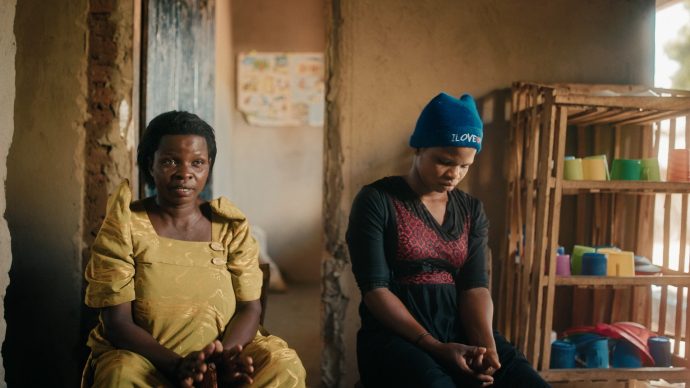Verdensbanken yder 375 mio. dollars i lån til et projekt, der frem til 2020 skal hjælpe 14 millioner indbyggere, som er konstant udsatte for oversvømmelser og cykloner. Grundtanken er at opføre bygninger, der kan fungere som skoler i normale perioder og forvandles til husly for flygtninge, når vejret er ekstremt.
WASHINGTON, 12 January 2015 (World Bank): From 1980 to 2000, Bangladesh alone accounted for nearly 60 percent of the deaths caused by cyclones worldwide.
Due to the effects of climate change, an increase in the frequency and severity of cyclones and other natural disasters is likely, making it essential for Bangladesh to adapt to increased uncertainty and be prepared to ride out even the worst storms.
The Multipurpose Disaster Shelter Project (MDSP) will benefit nearly 14 million coastal people who are more vulnerable to natural disasters.
Challenge:
The position of Bangladesh, its proximity to the Bay of Bengal and the Indian Ocean, create a tropical monsoon-type climate, which is prone to cyclones, flooding and droughts.
Nearly 40 million people living in the 710 km long coast in Bangladesh are exposed to cyclones and other natural disasters. Cyclones accompanied by powerful storm surges hit the coastal areas and often causes inundation over a vast area.
Multipurpose disaster centers have been highly effective in saving lives in the disaster-prone coastal districts.
The Bangladesh Climate Change Strategy and Action Plan (BCCSAP) calls for the repair, maintenance and construction of additional cyclone shelters throughout the coastal zones of Bangladesh, as a priority intervention.
Government’s assessment shows that around 7,124 multipurpose shelters will be needed by 2025 to improve the disaster resilience across all fourteen coastal districts.
Of these, around 4,760 will be needed on a priority basis by 2020. The need assessment has also identified nine coastal districts as priority. To date, around 3,268 multipurpose disaster shelters have been constructed, with around 1,492 needed by 2020.
Approach:
The growing network of cyclone shelters and the community-based early warning system has enabled Bangladesh to save lives and assets during natural disasters.
The Multipurpose Disaster Shelter Project (MDSP) will improve access of the local population to safe havens in the event of a natural disaster in nine coastal districts of Bangladesh.
During normal times of the year, the shelters would serve as primary schools – but during cyclones and other natural disasters, these buildings would double up as shelters.
MDSP would focus on meeting the high priority needs of cyclone-prone areas with the shelters in nine coastal districts. The project would support the construction of 552 new shelters and the improvement and rehabilitation of 450 existing shelters.
The construction of multipurpose buildings, especially primary schools, will benefit the primary school age children. The project will also build connecting roads and communication networks to shelters, ensuring easy accessibility.
Bangladesh has gained significant experience in the construction of multipurpose disaster shelters, most notably through the Emergency 2007 Cyclone Recovery and Restoration Project (ECRRP). MDSP will further improve the designs of these shelters.
The project will introduce steel shelter designs for the first time in Bangladesh for improved construction quality and implementation. Thus, the project expects to contribute significantly to reduce the vulnerability of the coastal population to natural disasters.
Desired Results:
The project will provide shelters in the event of a natural disaster for 14 million people living in the 9 coastal districts of Bangladesh.
The project will introduce steel shelter designs for improved construction quality and durability.
The shelters would be designed such that they protect people from high wind speeds and storm surges. The shelters will be equipped with water supply systems and separate sanitation facilities for men and women. They would also have space for animals and livestock.
The shelters would serve as primary schools during the the year, providing a wider benefits to the coastal population.
Læs mere i nedenstående link.














